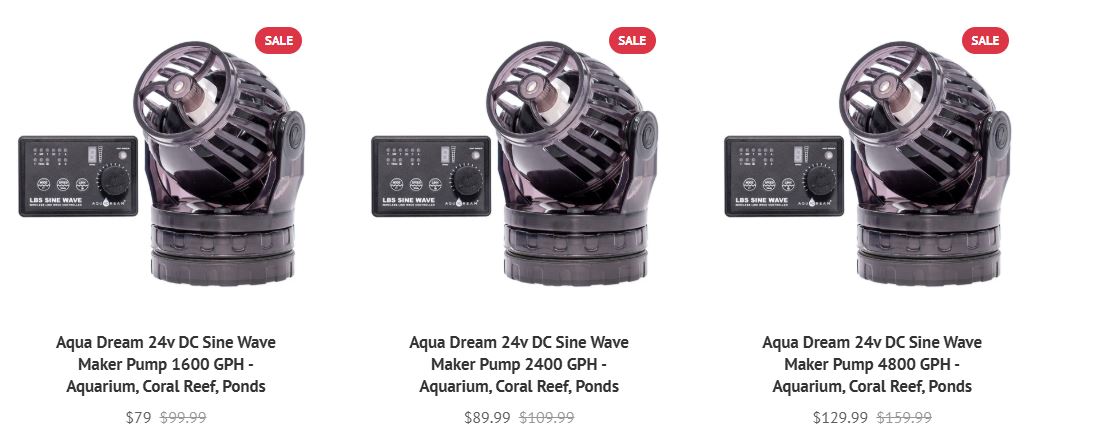
What is An Aquarium Wave Maker?
An aquarium wave maker is a crucial device for simulating natural water movements in a tank to help aquatic life thrive. In my experience as a seller of premium marine and freshwater aquarium equipment, I have seen firsthand how vital proper water circulation is to maintain optimal oxygenation, improve water quality, and stimulate natural behaviors. The wave maker unit creates continuous, gentle currents that mimic the ocean’s sine wave patterns. In this article, I explain the role of an aquarium wave maker, its advantages, tips on selecting the right unit, proper installation techniques, maintenance guidelines, and advanced applications. A competent marine aquarium pump, a 2400 gph pump, or submersible pump can transform an ordinary tank into a robust, natural habitat for coral, reef species, and freshwater fish alike.
Transitioning from general benefits to specifics, let’s delve into the critical roles these devices play in maintaining a vibrant aquatic ecosystem.
Understanding the Role of an Aquarium Wave Maker
The primary function of an aquarium wave maker is to simulate natural water currents, reducing stagnation and improving water quality. Mimicking natural conditions is especially important in coral reefs and freshwater tanks where oxygen levels and nutrient distribution are vital.
Mimicking Natural Water Currents for Aquatic Life
By replicating rhythmic, oscillating movements similar to those found in oceans, lakes, or rivers, the wave maker promotes the flow of oxygen-rich water throughout the tank. This gentle sine wave current helps prevent dead spots, reducing algae overgrowth and harmful bacterial blooms. Additionally, the constant motion evens out temperature and supports overall tank stability.
The Significance of Water Movement in a Closed Aquatic System
Water movement in a closed aquarium improves gas exchange by removing carbon dioxide and introducing oxygen. It aids the distribution of nutrients and medications, keeping chemical parameters stable and preventing detritus buildup. Moreover, continuous water flow provides natural cues to tank inhabitants, which is particularly beneficial for delicate coral polyps that rely on gentle currents to remove sand and debris.
How an Aquarium Wave Maker Improves Tank Inhabitant Well-Being
Consistent water movement increases oxygen levels and clears waste efficiently, reducing disease risk. It encourages natural swimming patterns in fish and facilitates feeding and nutrient uptake in corals. Many aquarists have observed that tanks with active water circulation experience lower stress levels and fewer maintenance issues, thanks to enhanced biological filtration.
Key Advantages of Installing an Aquarium Wave Maker
Installing an aquarium wave maker can transform both small freshwater tanks and expansive marine systems.
Promoting Gas Exchange and Oxygenation Levels
The wave maker increases the water-air interface, which boosts oxygen dissolution and carbon dioxide release. Enhanced oxygenation supports fish metabolism and improves the efficiency of biofilters that rely on beneficial bacteria to process waste, which is especially critical in densely stocked tanks or reef systems.
Assisting in Waste Removal and Preventing Detritus Buildup
Continuous water circulation prevents the accumulation of organic waste in dead spots. Clients have noted that tanks with effective wave action require less frequent cleaning. The constant flow discourages harmful bacteria and algae, resulting in a cleaner, safer environment for sensitive species such as coral and shrimp.
Stimulating Natural Behaviors in Fish and Invertebrates
Active water movement encourages fish to exhibit natural swimming patterns and schooling behaviors, while corals benefit from improved nutrient uptake and reduced sedimentation. This natural stimulation can also enhance reproductive performance by maintaining environmental cues similar to those in the wild.
Selecting the Appropriate Aquarium Wave Maker for Your Tank
Choosing the right aquarium wave maker is essential to optimize your tank’s performance. Evaluate several key factors to ensure that the device meets your needs. Aqua Dream carries some of the best yet price competitive wave makers on the market for customers to choose from.
Assessing Tank Size and Volume for Optimal Flow
The overall tank size and water volume determine the appropriate wave pump. Smaller freshwater tanks may require a compact model with a lower flow rate, while larger coral reef setups or ponds might need a high-capacity pump, such as a 2400 GPH unit. Consider the tank’s dimensions and preferred turnover rate to ensure the pump cycles the full volume several times per hour.
Proper Placement and Installation of Your Aquarium Wave Maker
Correct installation maximizes the wave maker’s benefits. Placement within the tank is crucial for ensuring thorough water circulation. Usuaully for most of the tanks it is best to setup the wave maker on the side of the aquarium,
Identifying Ideal Locations for Effective Water Circulation
Ideally, place the wave maker near the center or along the longer walls of the aquarium to generate an even flow. In irregularly shaped tanks, experiment with different positions to eliminate stagnant areas. Placing the unit near the surface can also promote gas exchange by enhancing the mixing of surface gases.
Securing the Aquarium Wave Pump Safely Inside the Tank
Use manufacturer-provided brackets or suction cups to securely fasten the pump. A stable installation ensures consistent water flow and prevents stress on aquatic inhabitants. Regularly inspect cords, fittings, and connections to prevent damage or water leakage, and adjust the unit as needed to maintain efficiency.
Buying a good Aquarium Wave Maker for Longevity and Performance
Buying a good quality Wave Maker is essential to keep your wave maker operating efficiently for years.
Also keep in mind to establish a cleaning schedule—typically every two to four weeks based on your tank’s bioload. Remove algae and debris from the pump head and impeller to maintain optimal flow rates and prevent overheating. Always use dechlorinated water when cleaning to protect the pump’s materials.
Lubricate moving parts according to manufacturer guidelines and check for unusual noise or vibration, which may indicate the need for professional servicing. Regular inspection of seals and O-rings helps prevent leaks, and monitoring the pump’s performance with a flow meter can alert you to any decline in efficiency.
Advanced Aquarium Wave Maker Applications and Considerations
Beyond basic circulation, advanced functionalities of aquarium wave makers can further enhance tank performance.
Synchronizing Wave Makers With Aquarium LED Lights
Synchronizing a wave maker with LED lighting can create a dynamic display that simulates natural sunlight patterns on water. This integration enhances the visual appeal of the tank and supports natural behaviors in corals and plants. Smart controllers typically allow for adjustable timing and intensity to ensure both systems operate in harmony.
Understanding the Impact of Flow on Nutrient Distribution
Wave makers stimulate water layers, promoting even nutrient distribution and maintaining temperature gradients. This is especially important in densely planted or reef tanks where optimal nutrient flow influences growth and coloration. Improved nutrient distribution can enhance overall coral vibrancy and plant health.
Final Thoughts
In summary, an aquarium wave maker is indispensable for replicating natural water movement in a closed aquatic system. By promoting gas exchange, efficient waste removal, and natural behavioral stimulation, these devices maintain a balanced and healthy environment for marine and freshwater life. Correct selection, installation, and regular maintenance ensure optimal performance over time. Advanced applications such as LED synchronization and nutrient distribution control further enhance both the visual appeal and overall health of your aquatic ecosystem.
Frequently Asked Questions
Q: How does an aquarium wave maker improve oxygenation in the tank?
A: It increases water movement, enhancing gas exchange at the surface. More oxygen dissolves in the water while excess carbon dioxide is expelled.
Q: What factors should I consider when selecting a wave maker for my tank?
A: Consider the tank size and volume, desired flow rate, adjustable flow patterns, and the specific needs of your aquatic species. Matching these factors with an appropriate marine aquarium pump or submersible unit ensures effective circulation.
Q: How often should I maintain my aquarium wave maker?
A: Clean the wave maker every two to four weeks, depending on the bioload. Routine maintenance involves removing debris, checking moving parts, and ensuring secure installation.
Q: Can synchronizing my wave maker with LED lights enhance the tank’s appearance?
A: Yes, syncing the wave maker with LED lights creates dynamic water movements that mimic natural sunlight and tidal patterns, enhancing both aesthetics and growth in corals and aquatic plants.
Q: Will an aquarium wave maker help reduce dead spots in my tank?
A: Absolutely. Continuous water movement minimizes dead spots by directing flow to all areas, reducing detritus buildup and improving overall water quality.
Q: Are energy-efficient models available for aquarium wave makers?
A: Yes, many models use optimized flow algorithms to reduce power consumption while maintaining effective circulation, making them cost-effective for long-term use.
Q: Can I use multiple wave makers in a large tank?
A: In larger or irregularly shaped tanks, using multiple wave makers can ensure even circulation. However, proper coordination is necessary to avoid overly turbulent conditions that could stress aquatic residents.



 Aquariums & Supplies
Aquariums & Supplies
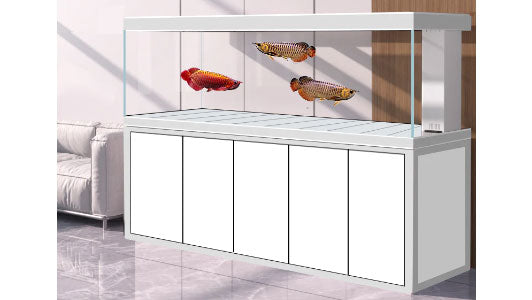

 Coral Reef Aquariums & Supplies
Coral Reef Aquariums & Supplies
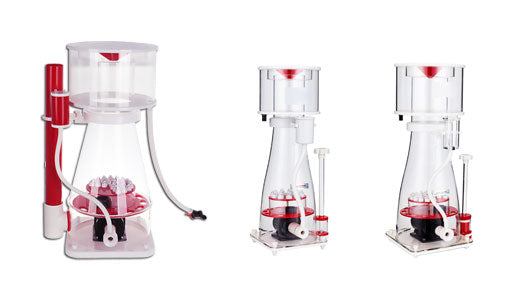

 Garden & Hydroponics & Landscape
Garden & Hydroponics & Landscape
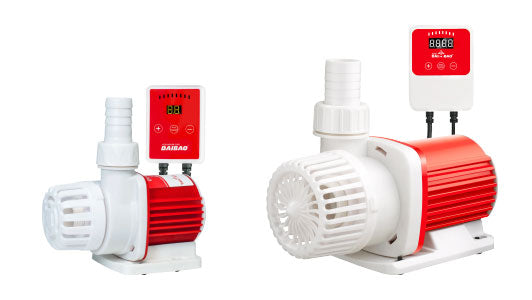

 Ponds & Fountains & Waterfalls
Ponds & Fountains & Waterfalls
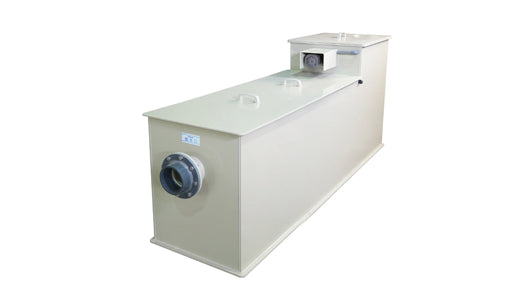

 Drum Pond Filter
Drum Pond Filter
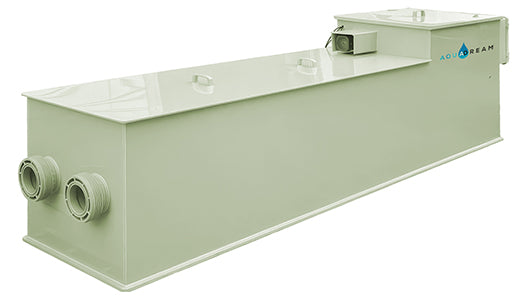
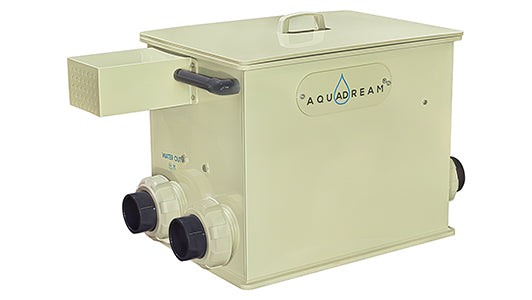

 Community
Community
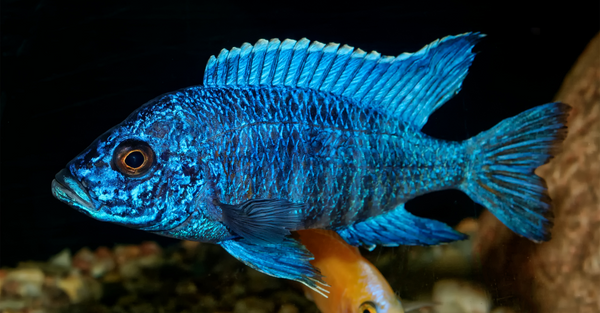
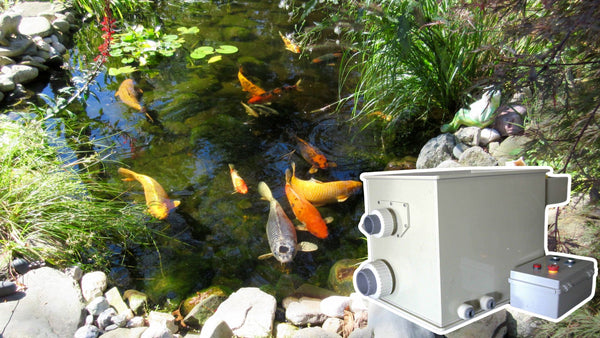

 Help Center
Help Center
